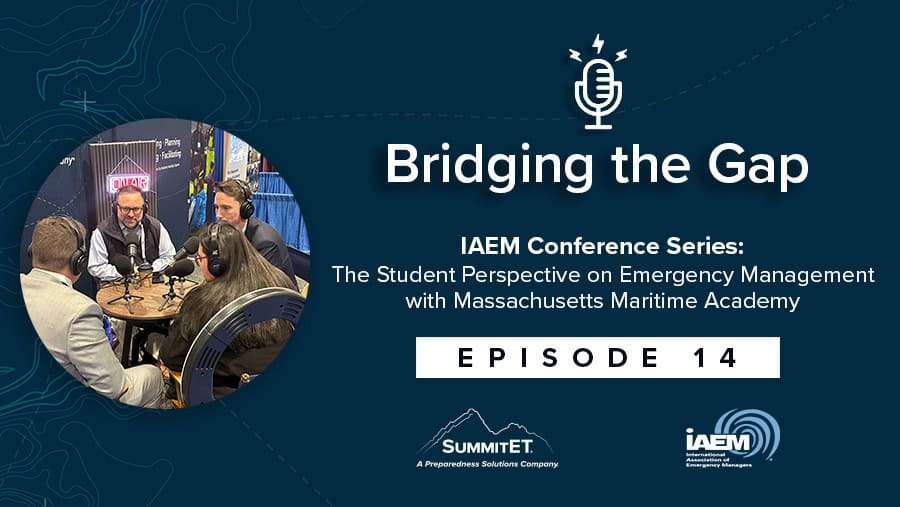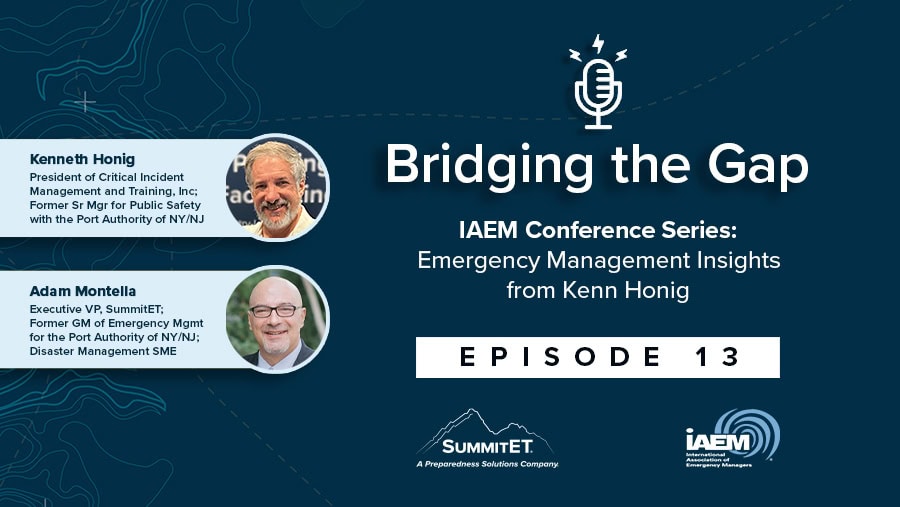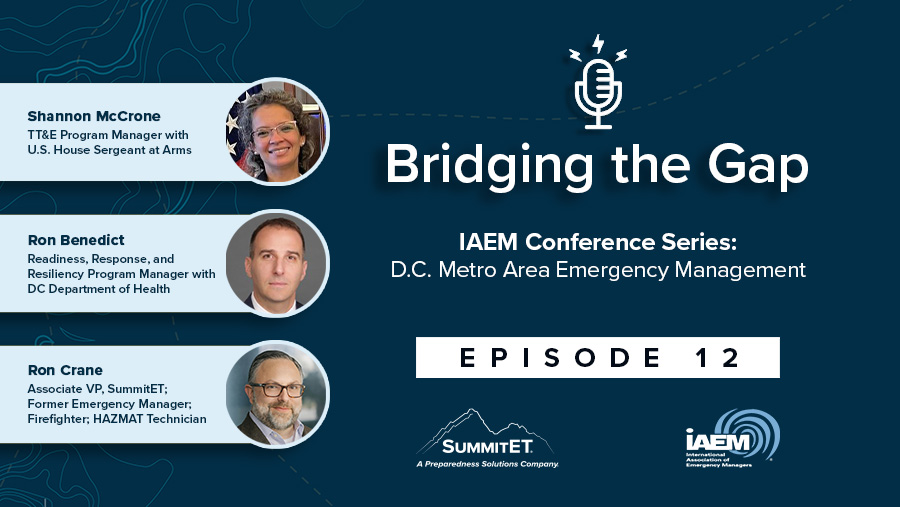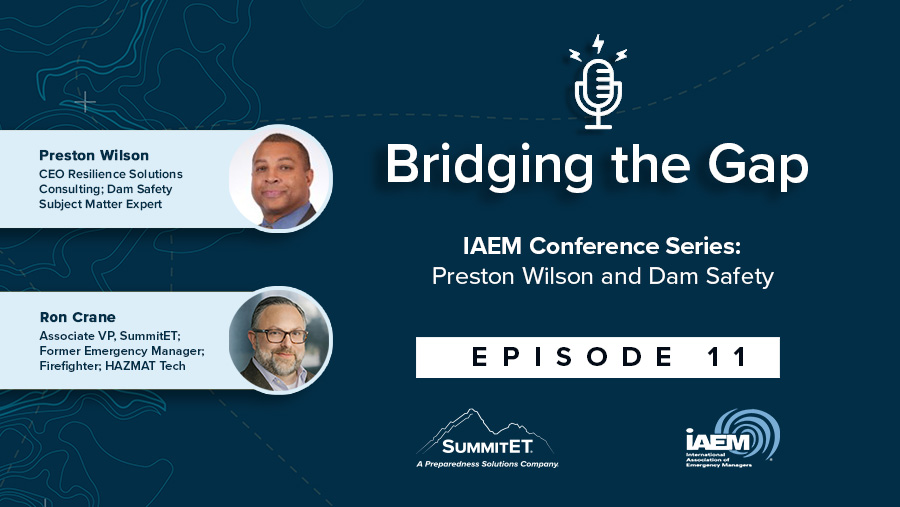Original Post HPS News
Steve Sugarman*, MS, CHP, SummitET Vice President and Corporate Health Physicist, SummitET.com
Acknowledgements: Mark Basnight, SummitET Vice President of Communications and Marketing; Holly Hardin, SummitET Strategic Communications Program Manager
The importance of effective communication cannot be overstated. Radiation can be a scary word. A lack of knowledge and/or not understanding how radiation works can lead people to make decisions they may not have made had they been more aware of the true nature of the potential hazard. As HPs, we play a key role in providing information and guidance to various stakeholders to help facilitate good decision-making.

Camden County HAZMAT vehicle outside Haddon Township High School, 1-8-21. Credit: Matt Skoufalos.
A recent example of an overreaction based on a lack of understanding of the relative hazard happened on 8 January 2021 in Haddon Township, New Jersey. A student brought a uranium-glazed plate (Fiesta® ware) and Geiger counter that he had been given for Christmas to school to show a teacher. As a result, Haddon Township High School was evacuated over radiation concerns. Agencies that responded to the scene included local law enforcement, fire, HAZMAT, and even representatives from the county prosecutor’s office. Unnecessary responses of this nature draw resources from areas where they may be needed, are expensive, negatively impact the involved institutions, create concern/fear for the public, and unintentionally increase risk to evacuees—not to mention the overall risk associated with just responding to an incident.
It can be difficult to take a complicated topic and simplify it into easily understood terms while maintaining factual integrity. The implications of effective communications are far reaching—whether it is helping an individual who has radiation-related concerns about an anticipated medical procedure or affecting the public’s willingness to accept emergency-management recommendations during an incident involving radioactive materials. We should all hone our communication skills to help educate others about what radiation can and cannot do.
Let’s consider how we process risk. According to the late Dr. Dennis Mileti, who specialized in disaster communication, people pick the messages they want to hear. For example, in regard to the COVID-19 pandemic, people will select what they want to hear about the need for masks, about the timeline for a vaccine, about social distancing, etc. Messages that motivate behavior change must consider emotion, social networks, and group identity—all important things to consider. We must understand people’s fears before we tell them what to do; make all public directives as specific, consistent, and clear as possible; and ensure messages come from many different sources when trust is rare. The pandemic has highlighted the distrust that mixed messages and mixed respect for experts can generate. These are not necessarily new issues, but they are certainly contributing to the complexity of the current information ecosystem.
Remember who your information consumers are—what modalities they use and what their preferences for information consumption are. While society evolves and we try to understand the vast diversity of culture, we can all agree that communication can be complex. Understand the emotional status of your audiences and tailor messages to address their fears and/or perceptions. Strong emotions are not likely to be overcome by simply providing facts. When addressing fear and concern, the person giving the information and how it is perceived will oftentimes overshadow what has been said. Set up information expectations and stick to what you know—and be forthright with what you don’t know. Remember that the people you are talking to may have fears and preconceptions that as an HP you overcame long ago, and your empathy when dealing with a situation will likely go as far—or farther—than the facts you are providing.
For information on communication workshops for your organization or agency visit the Strategic Communications Institute for Preparedness®.
________________
*Steve Sugarman, a member of the Health Physics Society Public Information Committee has responded to numerous radiation events throughout his career. The importance of good communications cannot be overstated. Steve subscribes to the idea verbalized by Sydney J. Harris—The two words “information” and “communication” are often used interchangeably, but they signify quite different things. Information is giving out; communication is getting through.




